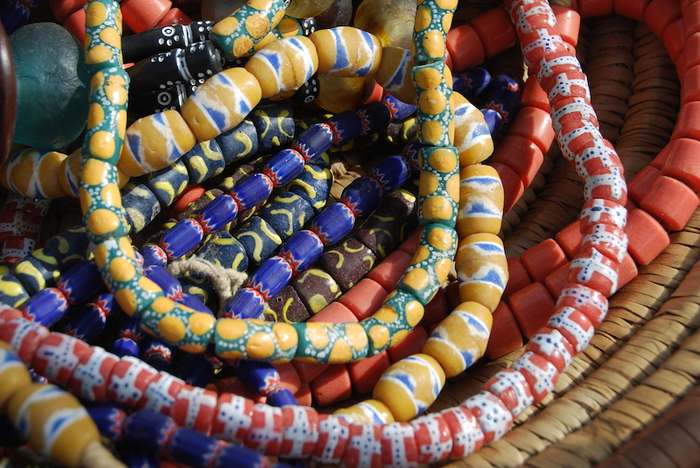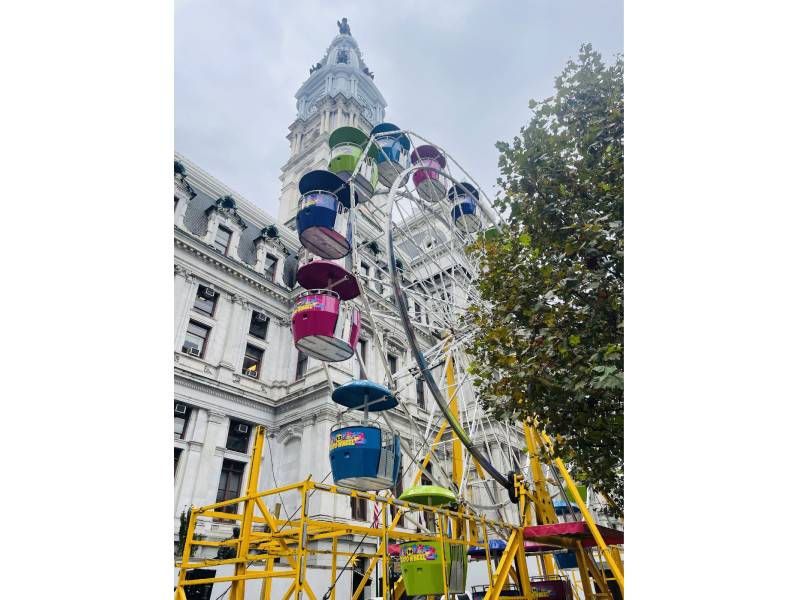Source: Femmewaistbeads.com
Africa’s enormous geographical and cultural diversity is reflected in its beadwork. From the northern reaches of Morocco to the southern tip of South Africa, and from the eastern coast of Kenya to the western shores of Senegal, beads have played a central role in the lives of many African communities. Each region boasts of its own distinct beadwork traditions, characterized by a unique combination of materials, colors, and designs.
Historically, African beads have served as a form of currency and a medium of exchange, contributing to the vast networks of trade that crisscrossed the continent. Beads made from precious materials such as gold, ivory, and ostrich eggshells were highly valued and could be traded for goods and services. Moreover, these beads often found their way to other continents, creating connections between Africa and the rest of the world.

Image source: Visitghana.com
The art of beadwork holds a special place, serving as a visual narrative of the continent’s rich history, beliefs, and social dynamics. African beads are not mere accessories; they embody cultural, spiritual, and social significance. They are worn to communicate various messages, ranging from social status to marital status, and even to reflect the wearer’s connection to ancestral spirits. In many African societies, beads are often used in rituals and ceremonies, marking important life events such as birth, initiation, marriage, and death.

Image Source: ManoAfrica
The designs and patterns of African beads are imbued with symbolism. Different colors hold specific meanings: red often signifies life and vitality, white represents purity and spirituality, blue is associated with protection, and green symbolizes fertility and growth. Shapes and arrangements of beads can communicate the wearer’s age, clan, or societal role. Some of these beads include;
- Ghanaian Krobo Beads: These are colorful recycled glass beads made by the Krobo people of Ghana. They are known for their vibrant colors and intricate designs, symbolizing wealth, fertility, and social status.
- Nigerian Yoruba Beads: Yoruba beads, such as “ileke” or waist beads, are worn by women and carry different meanings. They can symbolize femininity, sensuality, fertility, and spiritual protection.
- Maasai Beads: The Maasai people of East Africa are renowned for their intricate beadwork. Beads are an integral part of their traditional clothing and jewelry, representing age, marital status, and social standing. Each color has specific meanings; for example, red signifies bravery, blue represents energy, and white symbolizes purity.
- Zulu Love Letters: Zulu Love letters are a unique form of beadwork from South Africa. They consist of colorful beads woven into patterns that convey messages of love, friendship, and courtship. These patterns were traditionally used to send secret messages between individuals.
- Dogon Beads: The Dogon people of Mali are known for their distinctive clay and bone beads. These beads are often incorporated into jewelry and ceremonial costumes, representing ancestral connections and spiritual beliefs.
African cultural beads encapsulate the essence of the continent’s diverse cultures, histories, and identities, with each bead serving as a link to the past, present, and future. They are both a tangible representation of Africa’s heritage and a source of inspiration for contemporary creativity. As we celebrate the timeless significance of African cultural beads, we honor the tapestry of traditions that continues to shape the vibrant cultural landscape of the continent.

Victoria Ezechukwu-Nwagwu is a dynamic communications professional and the Executive Assistant to the Publisher of FunTimes Magazine. she brings a strong foundation in media, strategic communication, and organizational leadership.
Victoria is passionate about continuous learning and driving creative innovations that enhance engagement and impact. Her dedication to excellence and keen eye for detail make her an invaluable asset in fostering collaboration and executing high-level initiatives.





